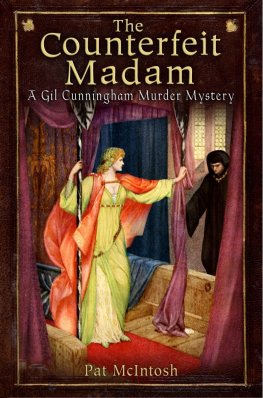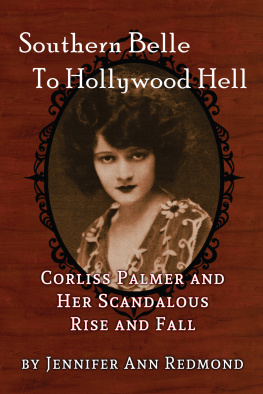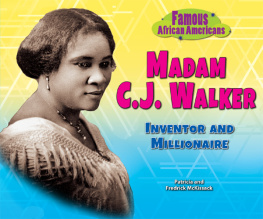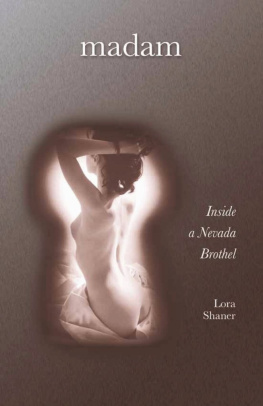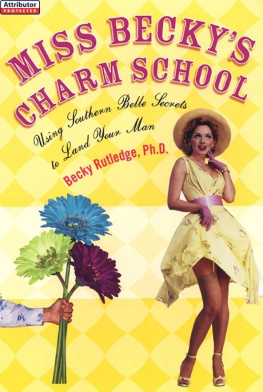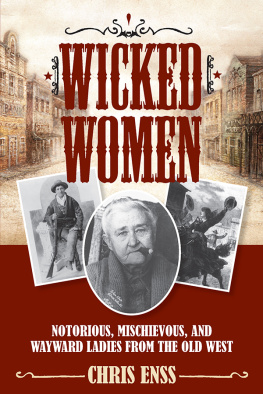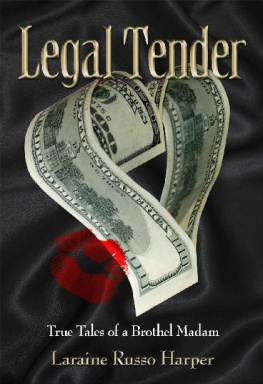Copyright 2014 by The University Press of Kentucky
Scholarly publisher for the Commonwealth,
serving Bellarmine University, Berea College, Centre College of Kentucky, Eastern Kentucky University, The Filson Historical Society, Georgetown College, Kentucky Historical Society, Kentucky State University, Morehead State University, Murray State University, Northern Kentucky University, Transylvania University, University of Kentucky, University of Louisville, and Western Kentucky University.
All rights reserved.
Editorial and Sales Offices: The University Press of Kentucky
663 South Limestone Street, Lexington, Kentucky 40508-4008
www.kentuckypress.com
Cataloging-in-Publication data is available from the Library of Congress.
978-0-8131-4706-2 (hardcover : alk. paper)
978-0-8131-4707-9 (epub)
978-0-8131-4708-6 (pdf)
This book is printed on acid-free paper meeting the requirements of the American National Standard for Permanence in Paper for Printed Library Materials.
Manufactured in the United States of America.

Member of the Association of American University Presses
Preface
Lexington, Kentucky, has entertained a long-running infatuation with Belle Brezing, as historian Thomas D. Clark once wrote. Sadly, we do not know a lot about this notorious brothel keeper. She was not a woman for keeping a diary. Nor did she give interviews. Secrecy was a moral code in her sequestered world of prostitution, although the trade operated openly in Lexington in the neighborhood surrounding Megowan Street (now Eastern Avenue) in downtowns east end.
Nonetheless, what we do know about Belle is important to our historical understanding. She is a window through which we are able to view several salient aspects of the Lexington of her time, which, not unlike most American cities during the Victorian era and the early twentieth century, tolerated the presence of prostitution by corralling the brothels into designated red-light districts. Belles life is a glimpse into public morals in Lexington and a case study of how concepts of moralityand the city of Lexingtonchanged over time.
This book is not solely Belles biography. In fact, the reader will quickly discover that Belle disappears at intervals throughout the narrative. This occurs partly because of the scarcity of information about this fascinating woman. The other reason is that this book also concerns the times in which Belle lived. We cannot know Belle without knowing Lexington as she knew it. Much of her world was connected in some way to horse racing and breeding. A greater proportion of Lexingtons population spoke horse in Belles day than is true of modern times. The communitys economy was intimately entwined with the horse business. Central Kentucky was horse country, and Belles clients were horsemen.
Most of the information we have about Belle Brezing comes from the papers of E. I. Buddy Thompson, housed in Special Collections, University of Kentucky Libraries. Thompson acquired much of this collection from two Lexington men, Skeets Meadors and Joe Jordan, who collected photos and interviewed persons who knew Belle. Without their historical contribution, we would know even less about Belle. Meadors and Jordan also raided Belles trashcans to retrieve account pages from her ledgers as well as photos and checks she wrote. Though much of this treasure trove had been torn by the time it hit the trash, these items add to our partial picture of Belles life.
Also integral to preserving what we have of Belles story were the Book Thieves, a group of collectors and local historians. While making a professional call during the latter 1930s to inspect Belles books, they did what book thieves do: one of their members stole an account ledger. They also viewed a photo in Belles album that gave us the year of her brothels grand opening. I have searched but cannot locate the original ledger; nor has anyone found the photo. However, Thompson copied many of the ledger pages, and these copies are in his collection. I have to wonder why not all the pages made it into the collection.
Thompson also photocopied notations about Belles burial site from records at Calvary Cemetery in Lexington. I was greatly disappointed that a spokesperson for the Diocese of Lexington failed to cooperate with my request to see the original records. As a historian, I would have liked to take my own look at these records, just as I took a fresh look at the rest of Thompsons collection.
I began researching Belle during the 1970s. I interviewed a handful of persons who remembered her, but these were older men who had grown up in an era when such things were not discussed with a young woman. As a result, my interview notes were sparse. I did, however, acquire photos. I also researched Belles property records and her divorce proceedings as well as papers relating to the divorce of her mother and stepfather. I located her marriage license. I researched tax records. I found her listed in city directories. I researched the indictments against her, and I read Fayette Grand Jury reports that pleaded with the city to abolish the red-light district in Lexington. I assembled a partial picture of Belle, but not enough to write a book. Nor did I have the $500 that the family of Joe Jordan or Skeets Meadors (after all these years, I cannot recall which one) was asking for the Meadors and Jordan collection. I was an undergraduate at that time, and $500 seemed like a fortune. Even as I was winning the Philo Bennett Award in the University of Kentuckys Department of History for research papers I wrote on Belle in 1972, Thompson acquired the Meadors and Jordan box of documents.
I am thankful now that he did. Thompson produced a better book than I could have at the time, titling it Madam Belle Brezing. I did not feel ready to write Belles story until after obtaining a doctorate in history in 2010 at the University of Kentucky. This degree, along with my knowledge about horse racing acquired through a long career as a sportswriter for the Lexington Herald-Leader, enabled me to take a different look at the documents Thompson had collected, which his estate donated to Special Collections at the University of Kentucky. I began to see Belles life in a slightly different way than he had.
The historians job is to read documents in a different way than they might have been read previously. For example, I saw connections to horse racing that Thompson had not recognized, particularly Belles fondness for the sport. My interpretation of Belles life placed her more central to horse racing. I also came to see her as less the prostitute with the golden heart (Thompsons view) and more a businesswoman keen on amassing real estate and wealth.
The more I studied Belles life, the more I felt sorry for her true love, Billy Mabon. He is the tragic character of this narrative. Belle repeatedly cast him out of her house whenever the moneyman from the wealthy Singerly family arrived in Lexington. William and George Singerly, both from Philadelphia, reached into the Bluegrass to obtain trotting horses. We do not know which one of the twoor perhaps it was bothbefriended Belle and set her up in her mansion. Georges name appears in a handwritten notation in the Thompson collection. In Thompsons book, William appears without mention of George. I will leave it to readers to make up their own minds on the Singerly question.




 Member of the Association of American University Presses
Member of the Association of American University Presses
